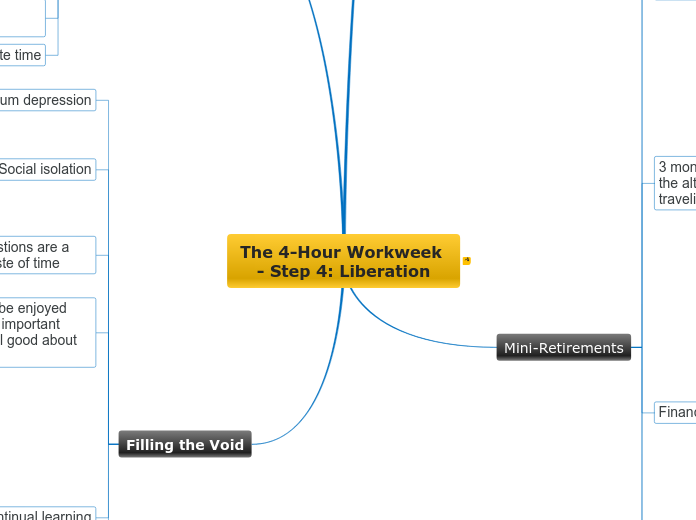av Jean-Pierre Albuja 1 år siden
146
Learning Styles
Different methods and strategies can significantly enhance the learning process, especially when tailored to specific styles. Creative strategies aim to foster creativity and critical thinking by engaging students in activities that encourage exploration and experimentation.









